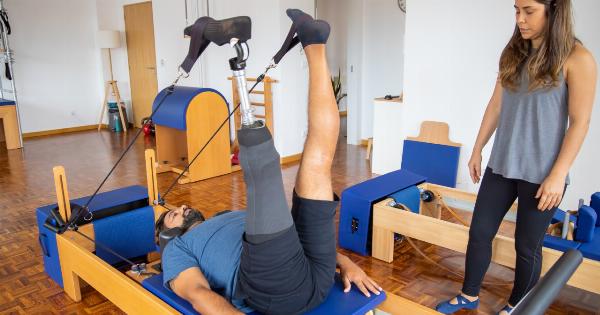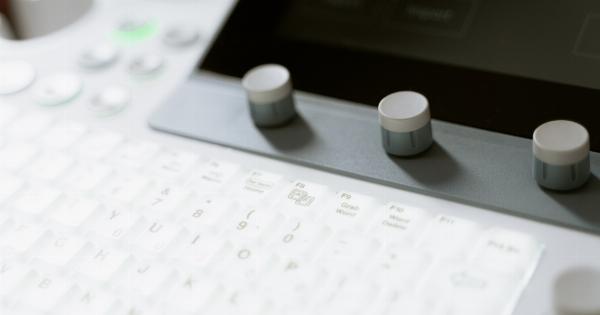During exercise, your body undergoes various changes to accommodate the increased demand for energy. One of the most noticeable changes is the increase in heart rate.
Understanding how your heart rate responds to exercise can help you train more effectively and avoid overtraining or injury. In this article, we’ll explore the science behind heart rate and exercise and how to use heart rate monitoring to optimize your workouts.
What is Heart Rate?
Your heart rate is the number of times your heart beats per minute. It’s an indicator of your cardiovascular health and fitness level. The normal resting heart rate for adults is between 60 and 100 beats per minute.
During exercise, your heart rate increases to meet the demand for oxygen and nutrients in your muscles.
How Does Exercise Affect Heart Rate?
The extent to which exercise affects heart rate depends on several factors, including:.
- The type of exercise
- The intensity of exercise
- Your fitness level
- Your age
- Your overall health
Generally, more vigorous exercise will cause a greater increase in heart rate. For example, high-intensity interval training (HIIT) or sprinting will raise your heart rate more than a leisurely walk.
However, even low-intensity exercise can have a positive effect on your cardiovascular health and fitness level.
How to Measure Heart Rate During Exercise
Heart rate can be measured using several methods, including:.
- Manual pulse check
- Heart rate monitor watch
- Chest strap heart rate monitor
The easiest and most accessible method is the manual pulse check, which involves placing two fingers on the wrist or neck and counting the number of beats per minute. However, this method is less accurate than using a heart rate monitor.
A heart rate monitor watch or chest strap heart rate monitor will give you real-time heart rate data, allowing you to adjust your workout intensity accordingly.
How to Calculate Your Maximum Heart Rate
Before you can use heart rate monitoring to optimize your workouts, you need to know your maximum heart rate. Your maximum heart rate is the highest number of beats per minute your heart can achieve during exercise.
It’s an individualized number that depends on your age, gender, and fitness level.
To calculate your maximum heart rate, subtract your age from 220. For example, if you’re 30 years old, your maximum heart rate is 220 – 30 = 190 beats per minute. This number represents the upper limit of your heart rate during exercise.
How to Use Heart Rate Monitoring to Optimize Your Workouts
Once you know your maximum heart rate, you can use heart rate monitoring to ensure you’re exercising at the right intensity and duration. There are several heart rate zones to target, depending on your goals:.
- Zone 1 – 50-60% of maximum heart rate: Easy exercise, warm-up, and cool-down
- Zone 2 – 60-70% of maximum heart rate: Light exercise, fat burning, and endurance training
- Zone 3 – 70-80% of maximum heart rate: Moderate to hard exercise, aerobic fitness, and interval training
- Zone 4 – 80-90% of maximum heart rate: High-intensity exercise, anaerobic fitness, and lactate threshold training
- Zone 5 – 90-100% of maximum heart rate: Maximum effort, sprinting, and power training
By staying within your target heart rate zones, you can ensure that you’re getting the most benefit from your workouts without pushing too hard or risking injury.
For example, if your goal is to improve aerobic fitness, you may want to spend more time in Zone 3, while if your goal is to burn fat, you may want to spend more time in Zone 2. A heart rate monitor can help you stay on track and adjust your intensity as needed.
How to Cool Down After Exercise
After exercise, it’s important to allow your heart rate to gradually return to its resting state. This helps prevent dizziness, lightheadedness, and other potential health risks. To cool down after exercise, follow these steps:.
- Continue moving at a low intensity for 5-10 minutes
- Stretch your muscles
- Drink water to stay hydrated
- Monitor your heart rate and wait for it to return to normal
By taking the time to cool down properly, you can help reduce the risk of injury and improve your overall fitness level.
Conclusion
Your heart rate is a valuable tool for monitoring your cardiovascular health and fitness level.
By understanding how exercise affects heart rate and using heart rate monitoring to optimize your workouts, you can achieve your goals more efficiently and avoid overtraining or injury. Whether you’re a beginner or a seasoned athlete, heart rate monitoring can help you get the most out of your exercise routine.






























